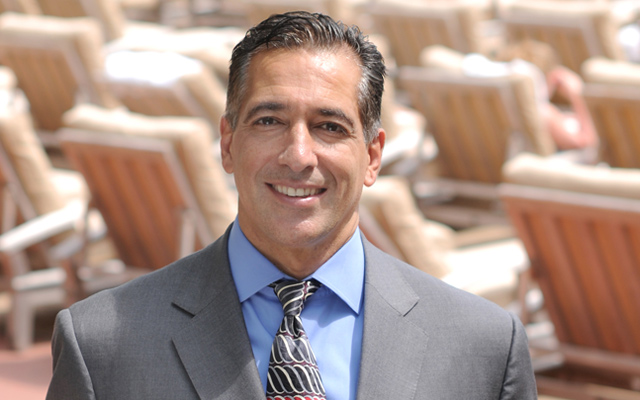I generally abide by that old saying: “If it ain’t broke, don’t fix it.” But every once in a while, it’s worth shaking up a routine that’s gotten a little too comfortable for its own good. Particularly when you sense there is something more satisfying on the other side.
Recently, I had this experience with my fitness routine. For nearly a decade, I’ve made endurance training the center of my athletic existence, spending much of my year preparing for long-distance events like the Leadville 100 — a grueling (and very fun) 100-mile bike race through the Colorado mountains.
I love focusing my workouts around event preparation: riding with friends who are training for the same race; organizing my life around the training schedule; embracing the intensity of the exertion-recovery cycle; and, leading up to race day, seeing just how much my body can handle in the name of achieving my next personal record.
Training for long-distance events requires large blocks of intensive road time, and while it’s terrific for building fitness, all that protracted training can take a toll on both your physiology and your schedule.
This is particularly true if, like me, you’re over 50. And it’s even more especially true if, like me, you’ve got a big job, a busy life, and three adorable little kids at home — kids you’d really like to spend some quality time with before they graduate from high school.
With that in mind, I recently made a switch to sprint events. Now I’m training for races that are more likely to be 100 meters rather than 100 miles. I’m spending a fraction of the time on the road. But the training I’m doing is having an extraordinary impact, and far greater returns than I anticipated.
At first, I worried that after all my endurance work, training for sprint events would seem too easy, and perhaps feel like some sort of midlife compromise. I worried I’d lose fitness and see my motivation dwindle.
But instead, I’m finding this change of gears to be an inspiration. Far from proving a detriment to my physical and mental strength, it’s turbocharging my systems — and my outlook.
Part of it, I’m sure, is the novelty. Any time you switch up your fitness routine and begin placing new and different demands on your body, it responds by getting stronger — a classic case of what’s known as “fitness adaptation.”
But beyond these physiological rewards, I’m also reaping the value inherent in change itself. Pursuing a new goal or introducing a change in routine provides fresh inspiration. It wakes up your synapses, enlivens your senses, makes you start noticing things you’ve ignored or taken for granted.
Change is an energetic fuel of sorts. It’s the source of new structures, new patterns, new rhythms of life. Change challenges our assumptions. It introduces uncertainty. It demands conscious awareness.
Change is an energetic fuel of sorts. It’s the source of new structures, new patterns, new rhythms of life. Change challenges our assumptions. It introduces uncertainty. It demands conscious awareness.
And therein lies the conundrum of change. Energetically speaking, change both requires and produces energy. So when we are feeling stuck in a rut, it’s often challenging for us to come up with the willingness and resources required to support any significant change in direction and routine.
And yet, that’s often precisely when change is most required. This is true not just in fitness training, but also in our careers, personal relationships, creative endeavors, and more.
Clearly, we can’t simultaneously change every aspect of our lives and expect to find ourselves re-energized. Because whenever we take on too much change at once, we’re likely to simply feel overwhelmed. We need a certain amout of routine to keep us sane.
The key, I think, lies in assessing where change is calling. Rather than looking for “what’s broken,” you can look at what’s currently working and what’s leaving you “blah.”
You can look at the long-established parts of your life and consider what low-key but palpable longings or tolerations have gone unaddressed too long.
As we move into the season of winter, it’s worth asking: What skills or insights have I integrated during this past year that I can now begin to actively apply? What areas of challenge or tension or desire have I been ignoring? What aspects of my life are leaving me bored, cold, or uninspired?
Pursue your chosen areas of change with boldness and a beginner’s mind. Then embrace the resulting energy boost to fuel your launch into the new year.




This Post Has 0 Comments